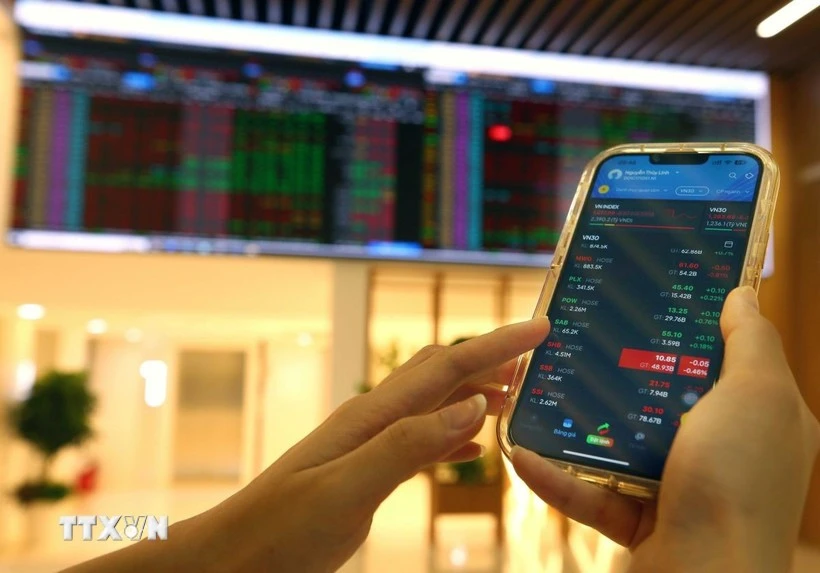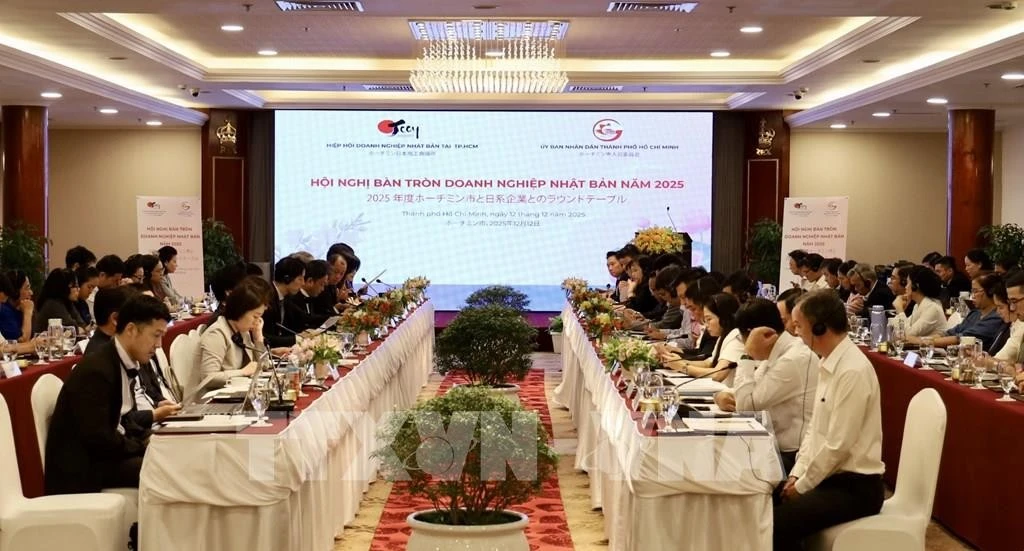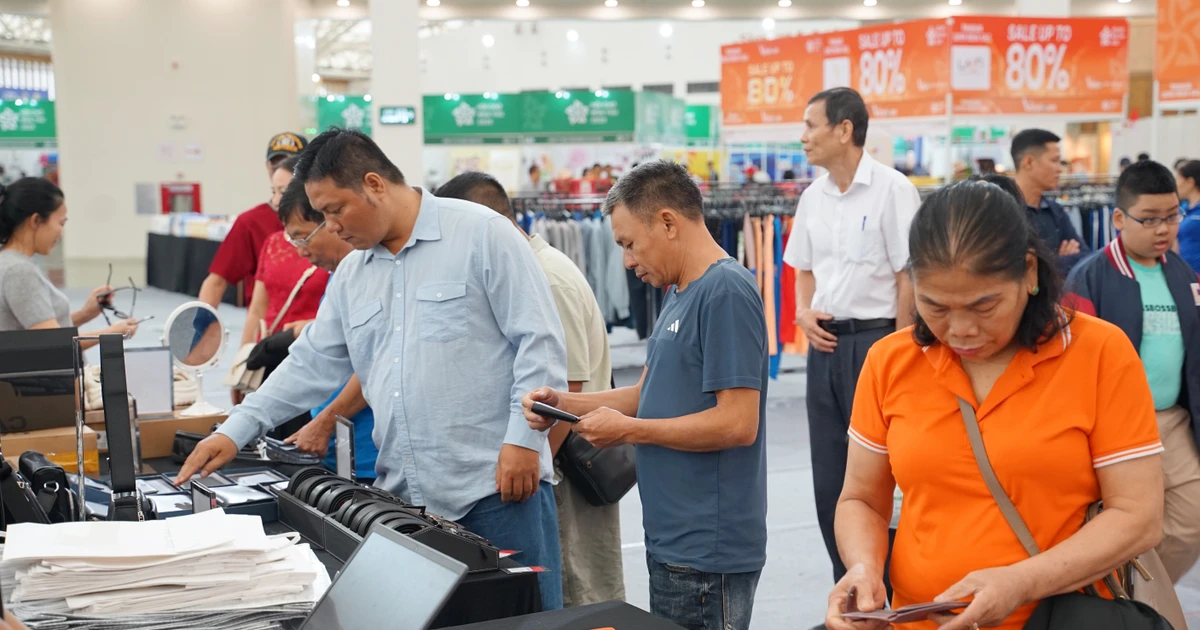Adopted by the National Assembly in 2017, Resolution 42/2017/QH14 served as a pilot mechanism allowing credit institutions to seize collateral in NPL resolution.
Legal loopholes
Over its six-year implementation, the policy enabled the handling of some 445 trillion VND in bad debts—of which 161 trillion VND were repaid by customers and 93 trillion VND recovered through collateral liquidation.
Importantly, the resolution helped improve borrower responsibility and fostered a healthier repayment culture. Voluntary repayments increased from 20% to 36%, contributing to macroeconomic stability and the reintegration of idle assets.
However, with the resolution expiring on December 31, 2023 and key provisions yet to be formalised in law, the process of NPL resolution has encountered mounting obstacles. According to the Viet Nam Banks Association, the NPL ratio stood at 5.46% by the end of 2024, equivalent to more than 1 quadrillion VND. In the first two months of 2025 alone, bad debts increased by some 34 trillion VND.
“The absence of a legal mechanism has led to more evasive borrower behaviour. Some now refuse to hand over collateral or repay interest, leaving banks no choice but to pursue lengthy court proceedings,” said Nguyen Quoc Hung, Executive Vice President of the Viet Nam Banks Association.
Stakeholders warn that rising NPLs are not only eroding bank profits through higher provisioning but also inflating lending rates—placing an added burden on the broader economy. “Without an effective mechanism to unlock frozen capital, banks lose both liquidity and collateral recovery, while trust in the credit system is undermined,” said Dr Le Duy Binh, Managing Director of Economica Viet Nam.
Proposal to grant asset seizure rights
To address the legal vacuum, the State Bank of Viet Nam has proposed including three key provisions from Resolution 42 into the amended Law on Credit Institutions, including the right for credit institutions to seize collateral if contractually agreed upon.
The draft also stipulates that collateral subject to enforcement can only be attached in limited cases, such as alimony or injury compensation, or with the lender’s consent. In criminal cases, collateral assets used as evidence must be returned upon conclusion of evidentiary procedures.
Legal experts emphasise that the asset seizure process must be strictly regulated, publicly monitored, and applied only as a last resort. “The goal is not to favour lenders but to establish fairness and transparency between all parties,” Hung said.
A representative from Eximbank added that while seizure rights are necessary, banks must also ensure internal accountability and avoid abuse. “We hope the revised law will provide strong legal tools to resolve debts promptly, ensuring a disciplined lending environment,” the representative said.
From a legal perspective, Dr Binh stressed that formalising asset seizure must align with constitutional rights and legal safeguards. “The objective is not only legal coherence but also economic recovery—unlocking capital, reducing interest rates, and restoring financial order,” he noted.
Globally, asset seizure is widely recognised as a civil right. However, Viet Nam has yet to institutionalise this right, leading to enforcement bottlenecks and prolonged disputes.
The amended law is scheduled for submission to the National Assembly in May. Experts urge lawmakers to review asset seizure provisions within the broader legal framework to avoid inconsistencies and ensure effective implementation.
“If we can reduce the NPL ratio to 2–3% from the current 6–7%, it will free up capital, lower interest rates, and enhance financial stability,” Dr Binh concluded.
















